Is there any risk to a concrete foundation from adding interior insulation?
An insulation contractor toured my 100-year old house near Toronto and told me that they wouldn't recommend installing any insulation in the basement because it could cause freeze-thaw damage to the foundation. Their stance was that these old houses like to "breathe" so it's better to avoid any changes because it's lasted this long as-is.
I want to follow the "Why are basements moldy" recommendation of rigid insulation board directly against the concrete and then a framed stud wall with mineral wool batts and drywall with latex paint. I'd like to do something simple (EPS + plywood) on the concrete floor too. The rest of the house is double brick with minimal to no insulation in the walls.
Is that a safe option or is there something to their "don't fix it if it ain't broke" mindset?
Thanks,
Drew








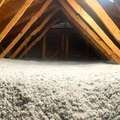

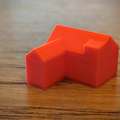



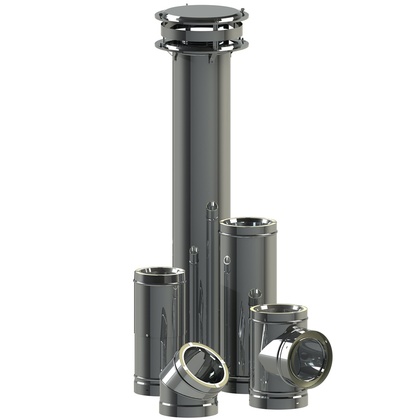

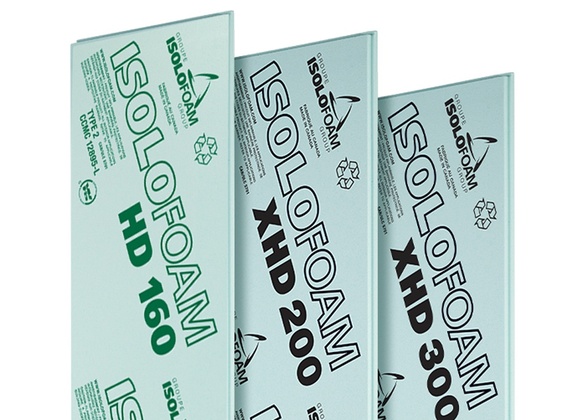
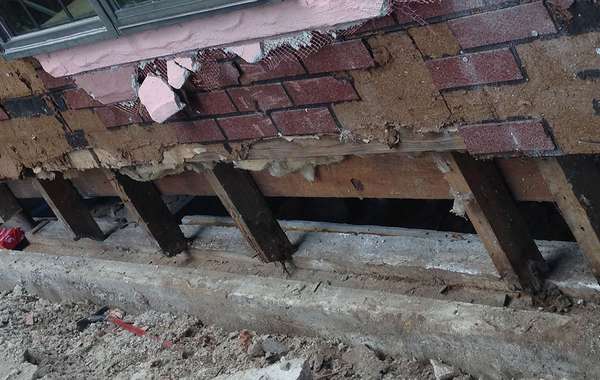
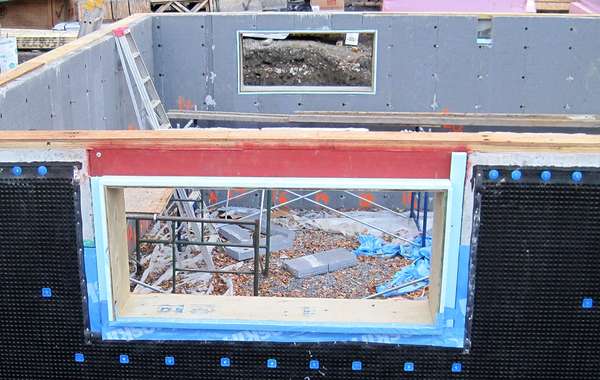
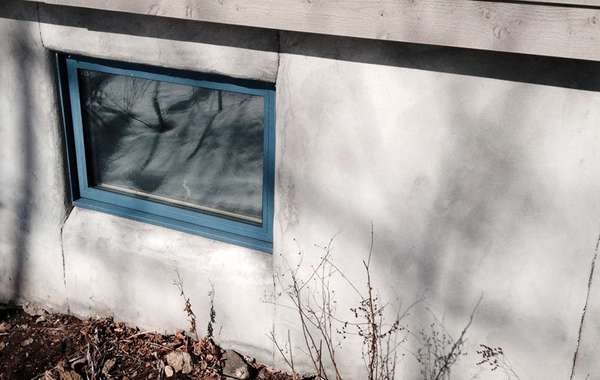
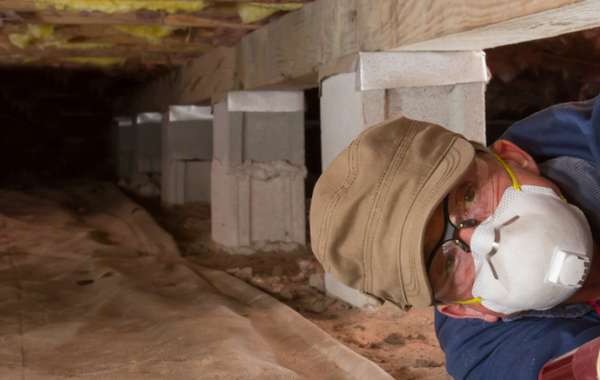
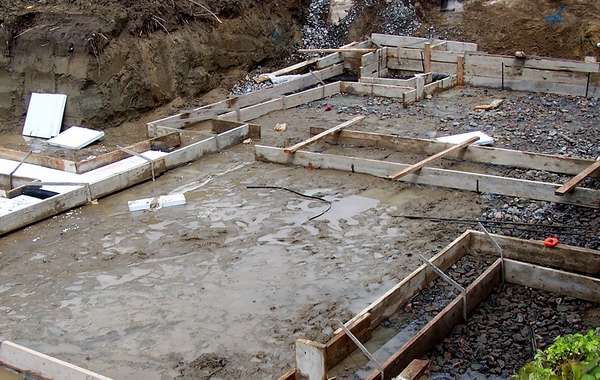
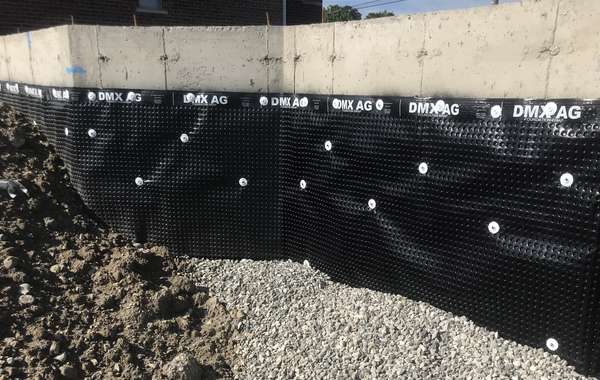
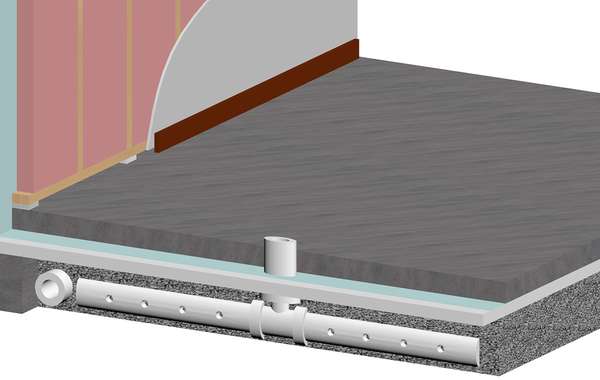
The advice you were given isn’t wrong, you need to be careful when insulating very old basement foundations.
Modern standards of concrete are very different than a century ago, there was very little consistency in the mix, so you just never knew what you would get a century ago. My home growing up was built in the 1920s and the foundation had way too much sand in the mix I remember hearing, and so it was always crumbling. Insulating that and letting it freeze and thaw could have been a very big problem.
Is your foundation poured concrete, cinderblocks or stone? And what condition is it in? When the contractor gave you that advice, was it based on an inspection or just a general opinion? It’s really best decided on a case by case basis with the condition of your specific foundation. And another question – is it finished? If its not a finished basement, you could consider insulating the floor joists above and keeping the foundation at a lower temperature to reduce heat loss. An other solution may be to add exterior insulation if possible, that’s always best if you can, though it means a lot of excavation.
And lastly, if there are really no safe solutions on how to insulate it, you may want to consider a heat pump. A heat pump is a very efficient source of heat, read more here.
It's concrete with parging. According to the home inspection, "no signifcant deficiencies were observed". It's a 2,000 sqft 3-story house built in 1920. The contractor came into the basement but it was just a quick look - I think the advice is simply based on the age of the house. It's an unfinished basement.
Is spray foam the only (or best) option to insulate between the floor joists?
I have an 18-year old high efficiency natural gas furnace. I'd like to replace it with a heat pump for environmental reasons. Is there any data about the up front and operating costs of heat pump vs. gas furnaces? Is a GSHP an economically viable option for such an old, drafty, uninsulated house?
Thanks,
Drew
Hi Drew, We aren’t engineers and certainly can’t make a call for you but if the foundation is in that good shape you may be fine to go ahead with it. it’s for sure worth getting a more experience opinion and based on the actual condition rather than just a blanket statement based on the age of the house. The addition of an exterior skirt insulation may also help, meaning – dig down a foot and lay a 4 foot wide skirt of 2-4 inches of insulation around the house and bury it. That would keep the ground by the foundation wall much warmer. If you decide to do insulate the joists and keep the basement at a lower temperature I wouldn’t say spray foam is the best choice. It’s certainly not the cheapest. You could just use fiberglass or Rockwool. I’m not suggesting you fully insulate it and treat it as if it were exterior, more that you could keep the temperature lower down there since it’s not well insulated, but at least with some insulation in the joists your floors wouldn’t be uncomfortably cold. As for heat pumps – Ground source, as in geothermal heatin (read more here), is not a cheap set up. Figure on your heating bills being about half, but it could take you 30-40k in investment to get there, so if you’re house isn’t very big then the payback period is likely a long way off. Also check out this page, it goes into more detail - Comparing ground source and air source heat pumps.
Emmanuel, I have another follow up question. My basement stayed around 15'C this winter because of residual heat from the natural gas furnace. if I replace the furnace with a heat pump and potentially also install a heat pump water heater, I expect my basement temperature will drop significantly. Is that going to cause similar freeze/thaw issues in the foundation?
What type of professional would be qualified to give an expert opinion about the state of my foundation and whether insulation is viable?
Thanks, Drew
If the basement is a bit cooler, that wouldn't concern me in terms of it being a greater risk carrying out the insulation work you are planning if it's deemed safe enough to insulate. I can't see a few more degrees making much of a difference.
But if your basement will be really cold I probably wouldn't install a heat pump water, you really won't get your money out of it I don't think. They work by taking heat from the air of your home, so if your basement is going to be really cold in winter its going to have to work harder to provide you with any benefit.
@Mike @Emmanuel You mentioend doing an exterior skirt insulation ("dig down a foot and lay a 4 foot wide skirt of 2-4 inches of insulation around the house and bury it."). Is that a common and effective practice? I can't find any literature online about it.
Skirt insulation is not something that is commonly done with basements so I'm not surprised you didn't find much information on it. It's more a technique with frost protected shallow foundations (see slab on grade skirt insulation here, in those images it is the portion covered in a red protective mesh), as it prevents frost from getting underneath the slab. A basement just uses 4 + feet of dirt as insulation so a perimeter skirt insulation isn't needed.
Emmanuel's suggestion in your case is as a way to keep the frost away from your building and reduce any risk of cracking by keeping it warmer.